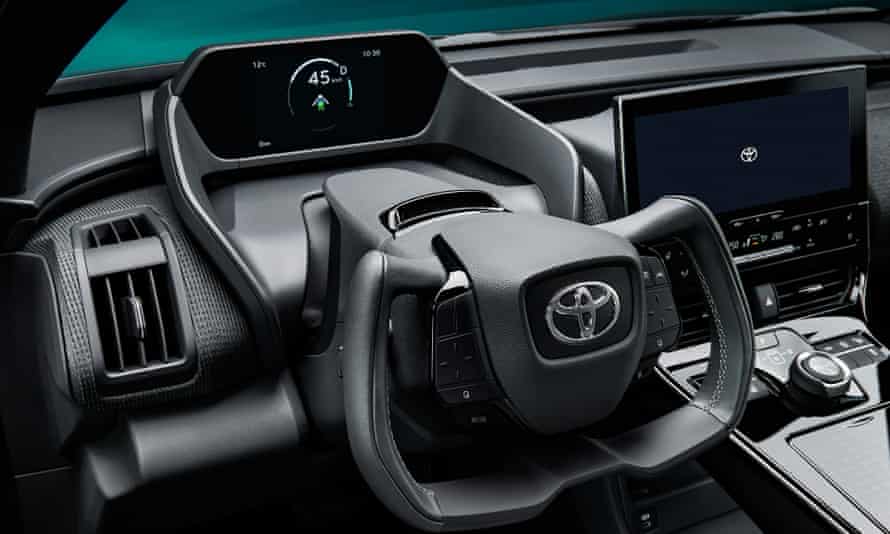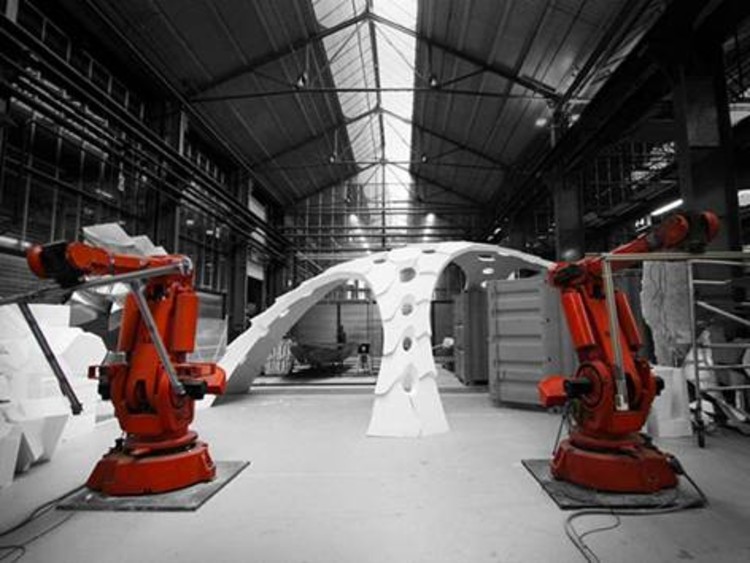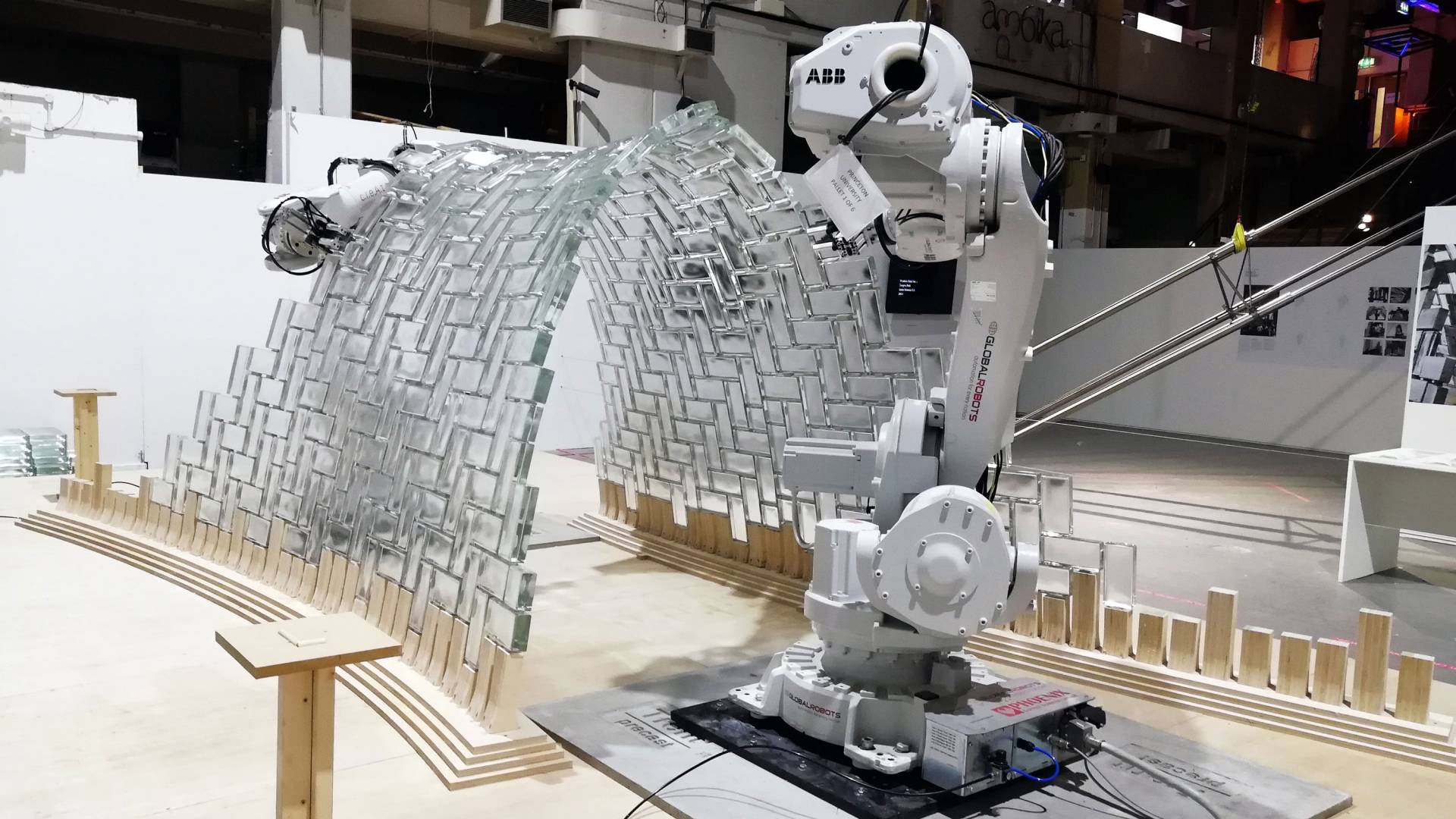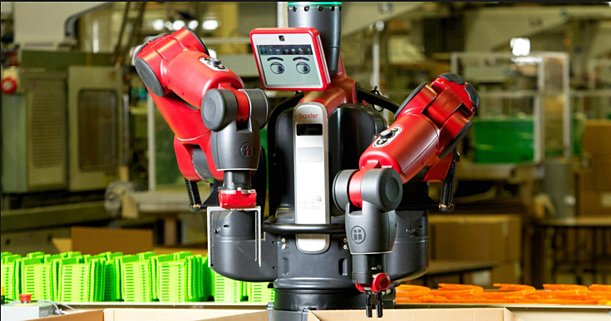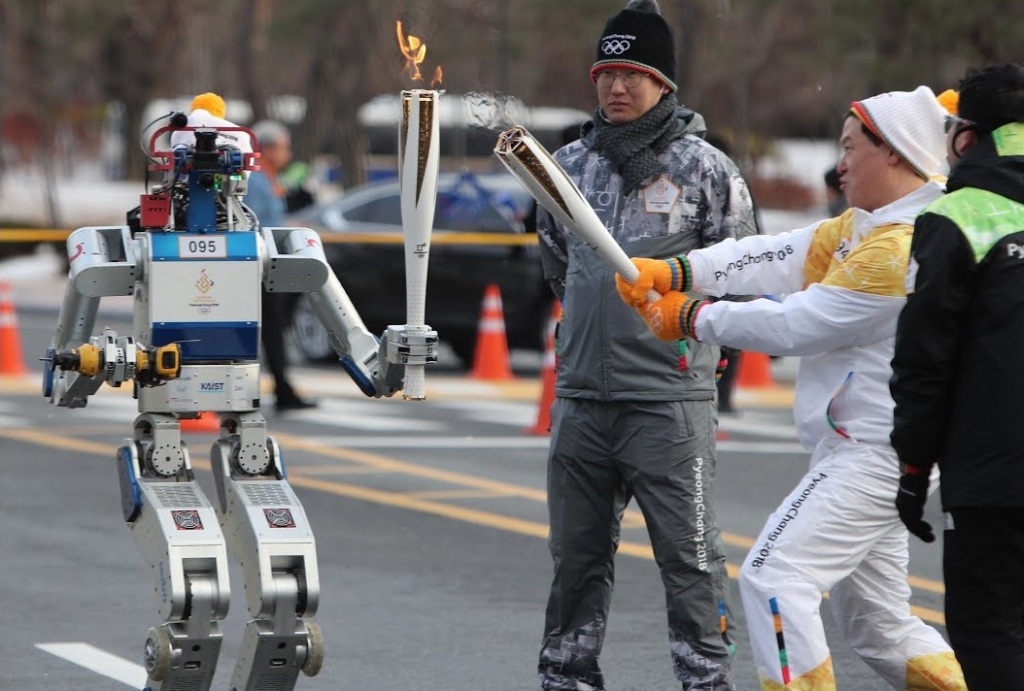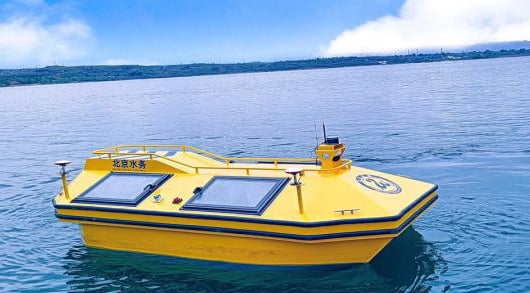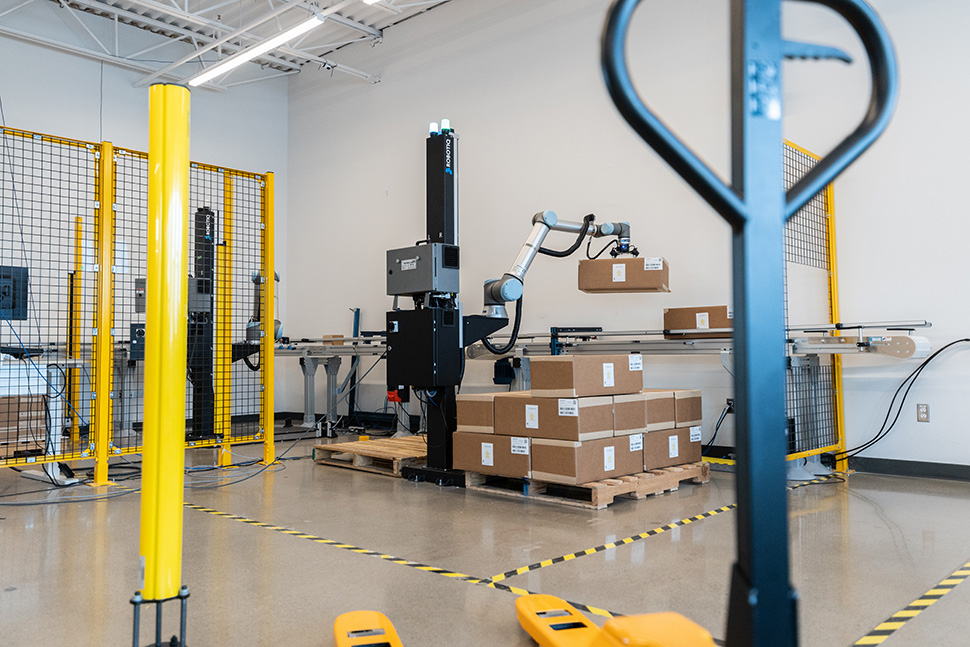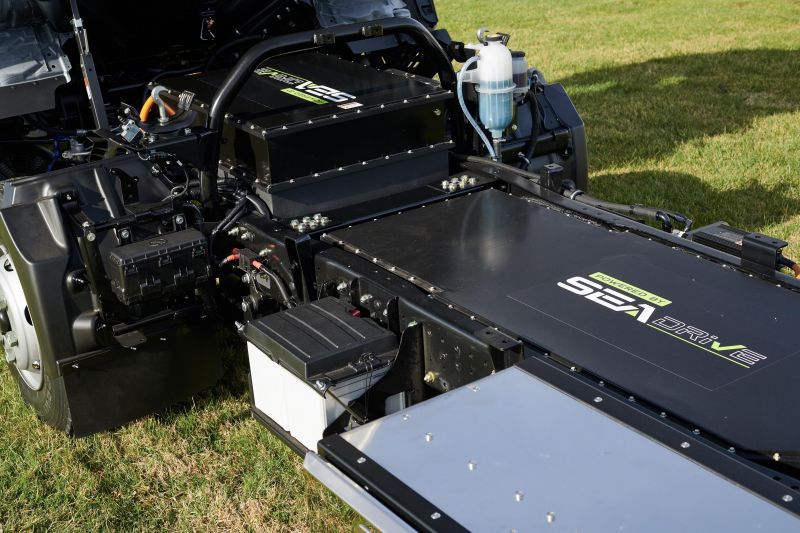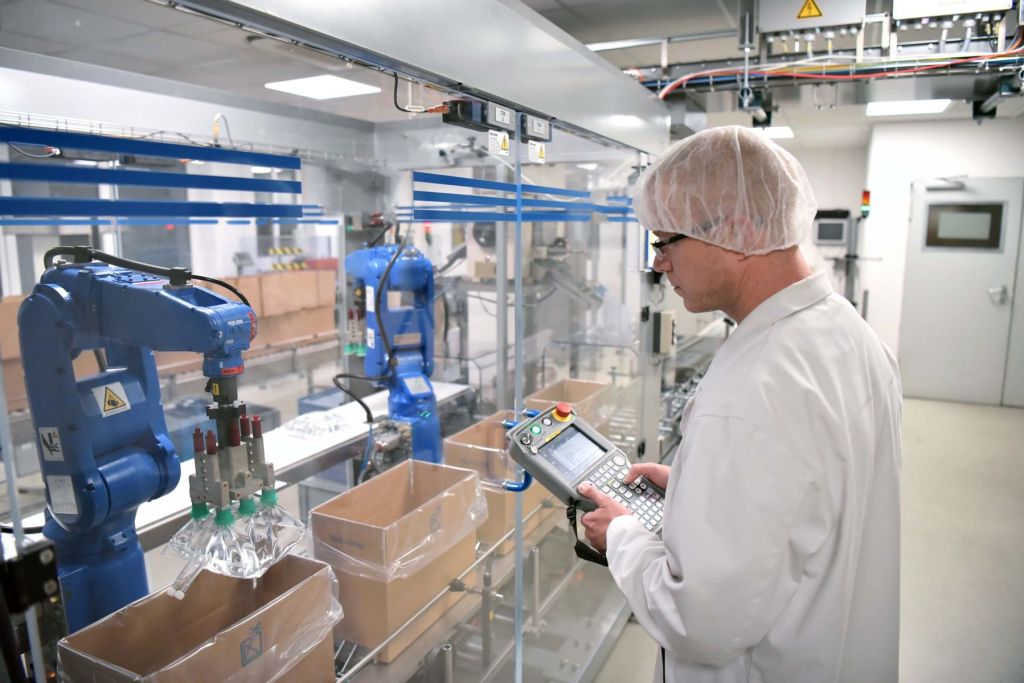That’s a common reaction in the furniture industry when manufacturers try to envision bringing robots into sanding and polishing applications. And you can’t blame them; when it comes to shaping a plank of wood into the back of a chair or finish sanding cabinet doors or a headboard, automation hasn’t been as common – until recently.
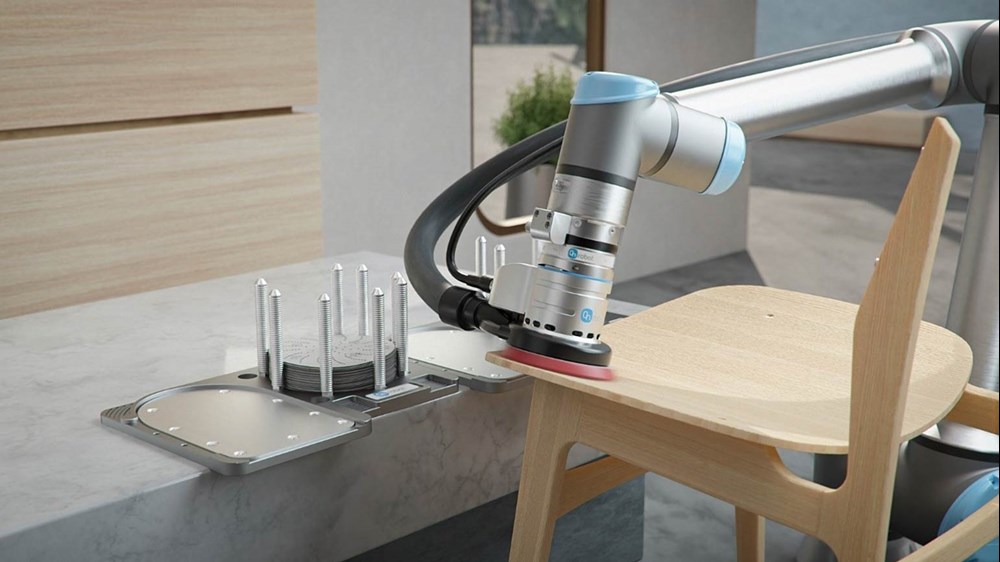
While traditional industrial robots that require safety guarding, complex programming, and high unit counts to justify automation are not an optimal fit here, we now increasingly see collaborative robots assist wood, furniture and cabinet manufacturers. As opposed to their larger cousins bolted down in cages, collaborative robots can be moved around between machines and processes just like any other tool in the cabinet shop.
Training on operations and programming is available 100% online from the UR Academy – in fact, Universal Robots has delivered online training to over 100,000 people around the world. No computer science degree is required!
Manufacturing labor is in short supply in every industry, particularly in DDD (Dull, Dirty, Dangerous) positions. With the Bureau of Labor Statistics reporting 10,000 Baby Boomers retiring every day in the U.S. alone, and younger generations not particularly interested in DDD jobs in manufacturing, it’s no wonder there are over 700,000 open, unfilled manufacturing U.S. jobs today.
Wood products in general and cabinet producers specifically are feeling the pain. Woodworking Network reported 80% of woodworking manufacturers are having trouble filling open positions. And the National Association of Manufacturers reported hiring and retaining skilled manufacturing labor is the industry’s #1 problem.
Each company is unique, but we believe sanding to be the most common, pervasive workforce problem in cabinet and furniture factories and shops. Manual sanding is the definition of Dull Dirty and Dangerous. Dull because it is a repetitive task with little or no variation. Dirty – operators live in a cloud of dust. And dangerous due to the environment and the high potential for carpal tunnel and repetitive stress injuries.
At the AWSF Show (Association of Woodworking & Furnishing Suppliers) this summer, we heard the stories from owners and production managers as they stopped by our booth; Hiring 40% more sanders than needed because there are no-shows every day. Skipping drug screens to increase the candidate pool. An inability to attract younger workers with growth potential to even start as a sander. Push back from cabinet builders who are true craftsmen, and don’t want to sand. And a stream of workers comp claims. Most of our booth visitors were very surprised to realize that they might have found a solution to all this.

